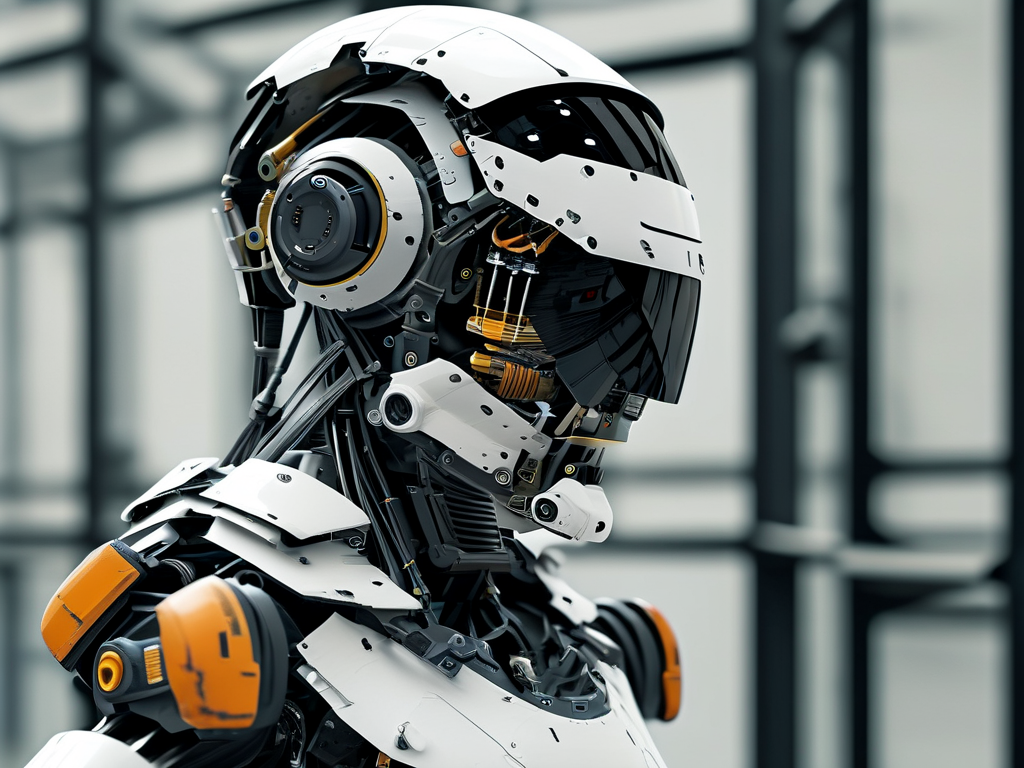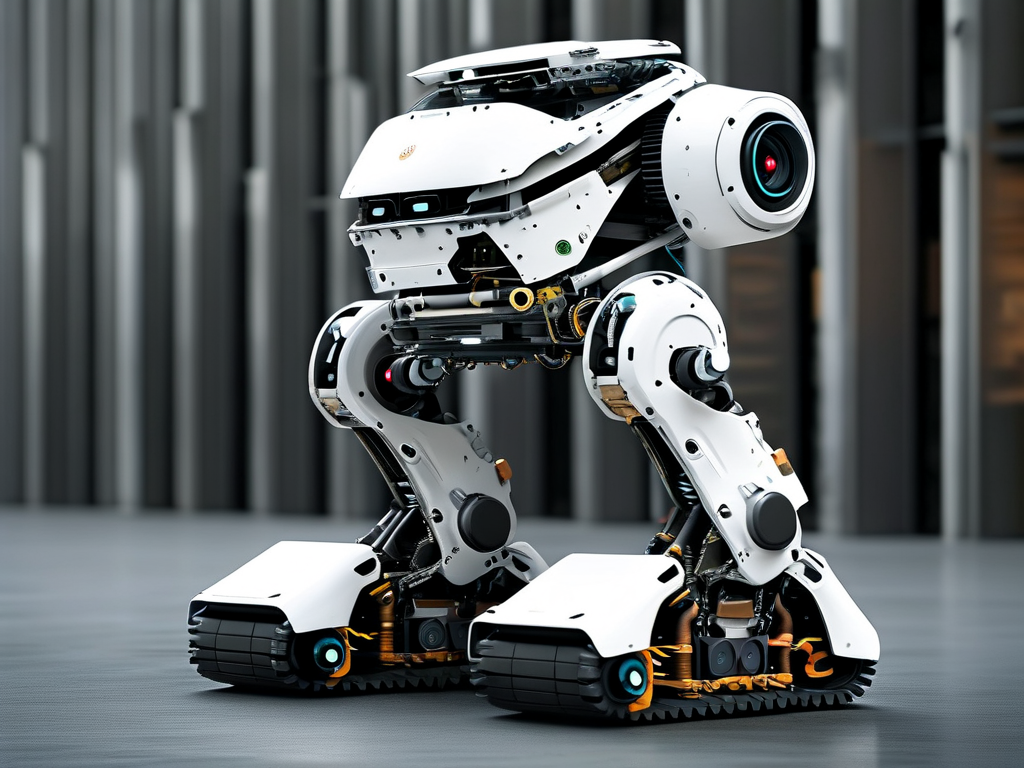The evolution of industrial automation has reached a critical juncture with the emergence of heavy-duty horse robots – advanced mechanical systems designed to perform high-torque tasks in challenging environments. Unlike traditional industrial robots constrained by fixed installations, these quadrupedal machines combine mobility with precision engineering, offering unprecedented flexibility in sectors ranging from construction to disaster response.
At the heart of this technology lies a sophisticated integration of biomechanical design and artificial intelligence. The robot's musculoskeletal structure mimics equine physiology through a hybrid framework of titanium alloy bones and pneumatic artificial muscles. This combination achieves an optimal balance between load-bearing capacity (up to 800kg) and dynamic responsiveness, enabling the machine to navigate uneven terrain while maintaining payload stability.
The propulsion system employs a distributed drive architecture where each limb contains three independent servo motors. This configuration allows for 12 degrees of freedom across all legs, facilitating complex movement patterns through real-time torque adjustments. Engineers have implemented a predictive energy distribution algorithm that automatically prioritizes power to limbs experiencing maximum stress, significantly extending operational endurance compared to conventional hydraulic systems.
Sensory integration represents another breakthrough in heavy horse robot technology. A multi-layered perception network combines LiDAR, thermal imaging, and millimeter-wave radar to create environmental maps with 0.5cm resolution. The system's proprietary SLAM (Simultaneous Localization and Mapping) software processes this data at 120Hz, enabling collision avoidance even in complete darkness or dense fog conditions. Field tests demonstrate 98.7% obstacle recognition accuracy within a 15-meter radius.
Control systems utilize a hierarchical neural network architecture that merges pre-programmed gaits with machine learning adaptability. The primary control layer manages basic locomotion patterns through finite state machines, while secondary reinforcement learning modules optimize movement efficiency based on terrain feedback. This dual-layer approach achieves a remarkable 40% reduction in energy consumption compared to earlier prototypes during prolonged operations.

Power management innovations address one of the most persistent challenges in heavy robotics. The current generation employs modular lithium-titanate batteries with rapid-swap capabilities, providing 8-10 hours of continuous operation. For extreme-duty scenarios, engineers have developed a hybrid power solution combining hydrogen fuel cells with supercapacitors, achieving peak power outputs of 75kW for short-duration heavy lifting tasks.
Industrial applications demonstrate the technology's transformative potential. In offshore oil platform maintenance, these robots perform equipment inspections across slippery metal surfaces that would endanger human workers. Their sealed joints and corrosion-resistant coatings withstand saltwater exposure, while specialized foot pads maintain 92% traction efficiency on inclined surfaces up to 45 degrees.

The agricultural sector benefits from customized variants equipped with soil analysis sensors and seed planting mechanisms. These agricultural models can autonomously navigate crop fields while adjusting planting depth based on real-time soil moisture readings. Field trials in California's Central Valley show a 17% increase in crop yield compared to traditional tractor-based methods.
Despite these advancements, technical hurdles persist. Engineers continue refining heat dissipation systems for high-torque joints, with current prototypes maintaining operational temperatures below 85°C during continuous heavy loading. Another focus area involves improving wireless communication reliability in electromagnetically noisy industrial environments, where current systems maintain 99.2% data integrity up to 500 meters from control stations.
Ethical considerations accompany these technological leaps. The European Robotics Board recently introduced certification standards for heavy robot operational safety, mandating dual emergency stop systems and automatic load shedding protocols when detecting unstable weight distribution. These regulations aim to prevent accidents while maintaining operational efficiency.
Looking ahead, researchers are exploring quantum-enabled sensor arrays that could enhance environmental perception by detecting subatomic material variations. Parallel developments in room-temperature superconductors promise to revolutionize power transmission within robotic joints, potentially doubling torque output while reducing energy losses.
As heavy horse robot technology matures, its convergence with human-operated exoskeletons and autonomous logistics networks suggests a future where intelligent machines handle dangerous industrial tasks with unprecedented precision. These advancements not only redefine workplace safety standards but also open new frontiers in extreme environment operations – from deep-sea resource extraction to planetary exploration.
The technical roadmap for next-generation systems emphasizes cognitive adaptability, with prototypes demonstrating basic problem-solving abilities through neural-symbolic AI integration. This evolution marks a significant step toward creating truly autonomous heavy robots capable of complex decision-making in dynamic industrial settings.









